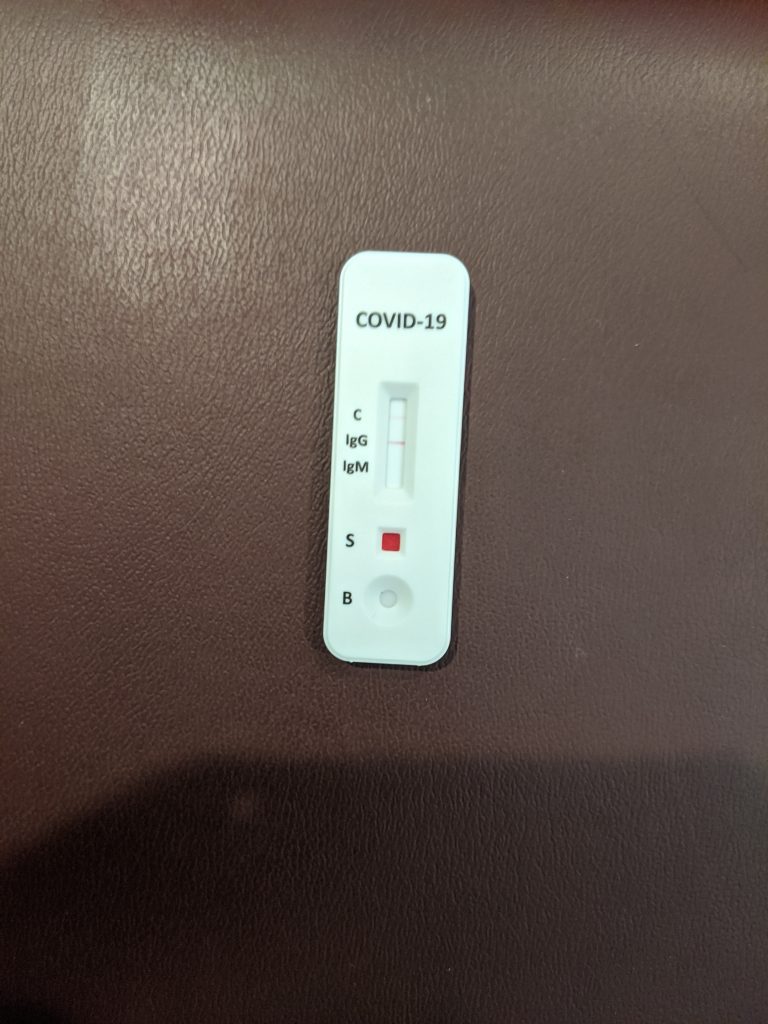Another Day, Another Amex Plat Perk: Cell Phone Protection
by Robert McGarvey

Regular readers know I have long been gnashing my teeth over what has emerged as the annual question: Amex Plat, to renew or no?
My most recent vote is yes, I will continue to shell out $550/year, even tho I have not been in a Centurion Club in a year and that had become my primary touch point with American Express. But in an era where I am not flying – and do not envision travel for perhaps another three months and maybe longer – I began looking for new perks from the Platinum card and Amex has responded.
Currently on the docket is a credit of up to $30/monthly on PayPal charges billed to the card. That replaces 2020 credits for streaming video and cell phones that expired at year-end. In my case, it is paying for my New York Times subscription and most of what I pay Netflix.
There’s also a continuing $15/monthly Uber credit (also applicable to Uber eats, which is how I have used it).
There also are miscellaneous and unexpected credits such as $100 annually ($50 max, every six months) against Saks charges.
There’s a similar $100 credit against HomeDepot charges (online only). $100 at BestBuy (online only). And literally 90+ more that pop up on my screen.
But now Amex has rolled out a new perk for Plat that in effect offers cellphone protection to cardholders who bill their monthly wireless charges to Amex. Similar protection costs $10 to $12 per month via Apple and various other carriers and retailers.
It takes effect April 1.
Here’s what it delivers: “Reimbursement for the actual cost to repair or replace a Stolen or damaged Eligible Cellular Wireless Telephone.”
There’s some fine print but surprisingly little. The coverage is reasonably generous: “The maximum liability is $ 800, per claim, per Eligible Card Account. Each claim is subject to a $ 50 deductible. Coverage is limited to two (2) claims per Eligible Card Account per 12 month period.”
The only curious exclusion I noted is this: “Eligible Cellular Wireless Telephones that are lost or Mysterious Disappearance.” That’s something of a bummer because I know many who have lost a phone in a taxi or an Uber.
But I have never lost a phone so I am personally unbothered by this exclusion.
Mind you, I have two phones that will fall under this protective umbrella on April 1: a presently uncovered Pixel 3 and an iPhone 8. So I call this a good deal worth perhaps $20/monthly to me.
Add that to the PayPal credit and the annual $200 Uber credit and the card, as the cliche goes, pays for itself. And it truly does.
Do note that Amex Plat continues to offer a “purchase protection plan” that essentially gives you 90 days free from worry after buying something with the card.
There’s a $10,000 cap on the purchase amount.
Also still in effect is the American Express Extended Warranty Coverage which adds a year to the standard manufacturer’s warranty for most items purchased with the card. That’s useful because many warranties run just a year, so this doubles the coverage at no cost to the cardholder. Personally I have used it a couple times – with computers – and will say I was pleased with the service.
Yes, many cards offer similar extended warranty coverage – the only network without this perk is Discover, which had it but discontinued it – so the Amex plan isn’t unique. But I know from experience it does work.
Look, I understand: in many ways I too would prefer to be regularly stopping into the Centurion (and there now is one in my home airport, Phoenix, that I have yet to step into).
But I am glad to see Amex tossing new perks our way, to keep us in the ranks despite the absence of the travel perks that just about all of us signed up for Platinum to get.
Stay tuned. There will be more perks.
And then, poof, they will vanish when most of us are back on the road again in perhaps six to 12 months. Will we then kvetch about this absence?
I think I will when the cellphone protection times out. What about you?


